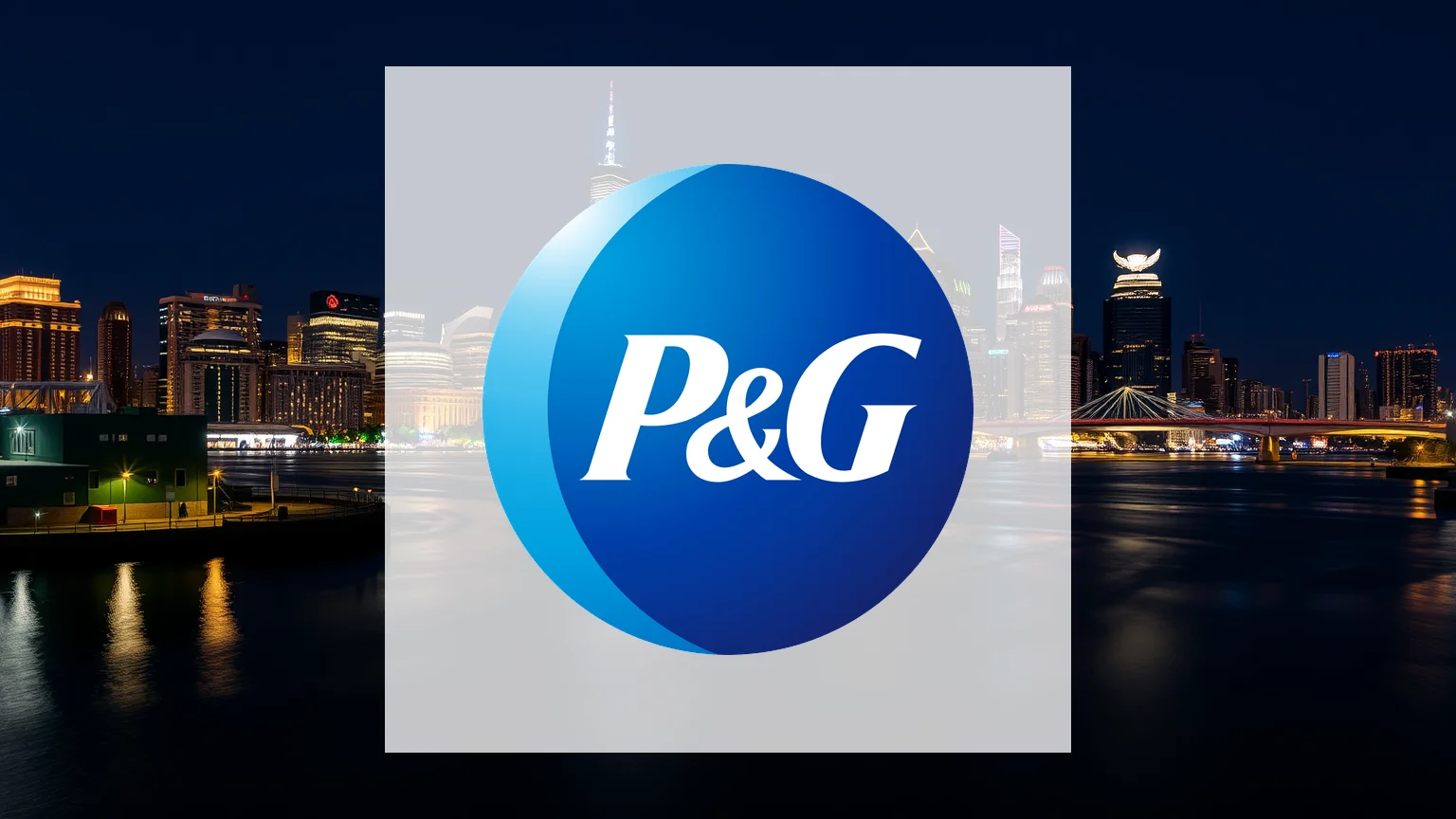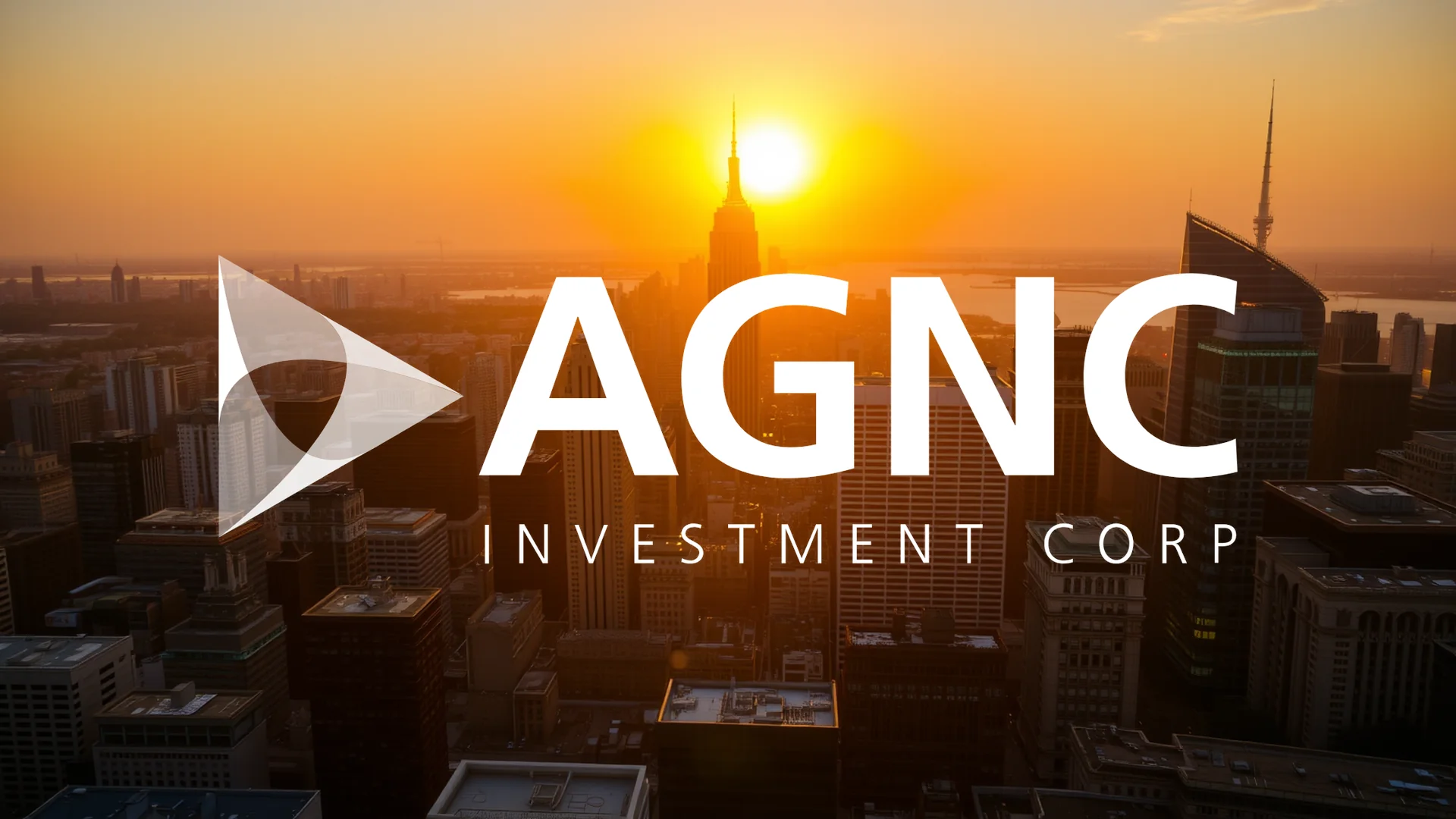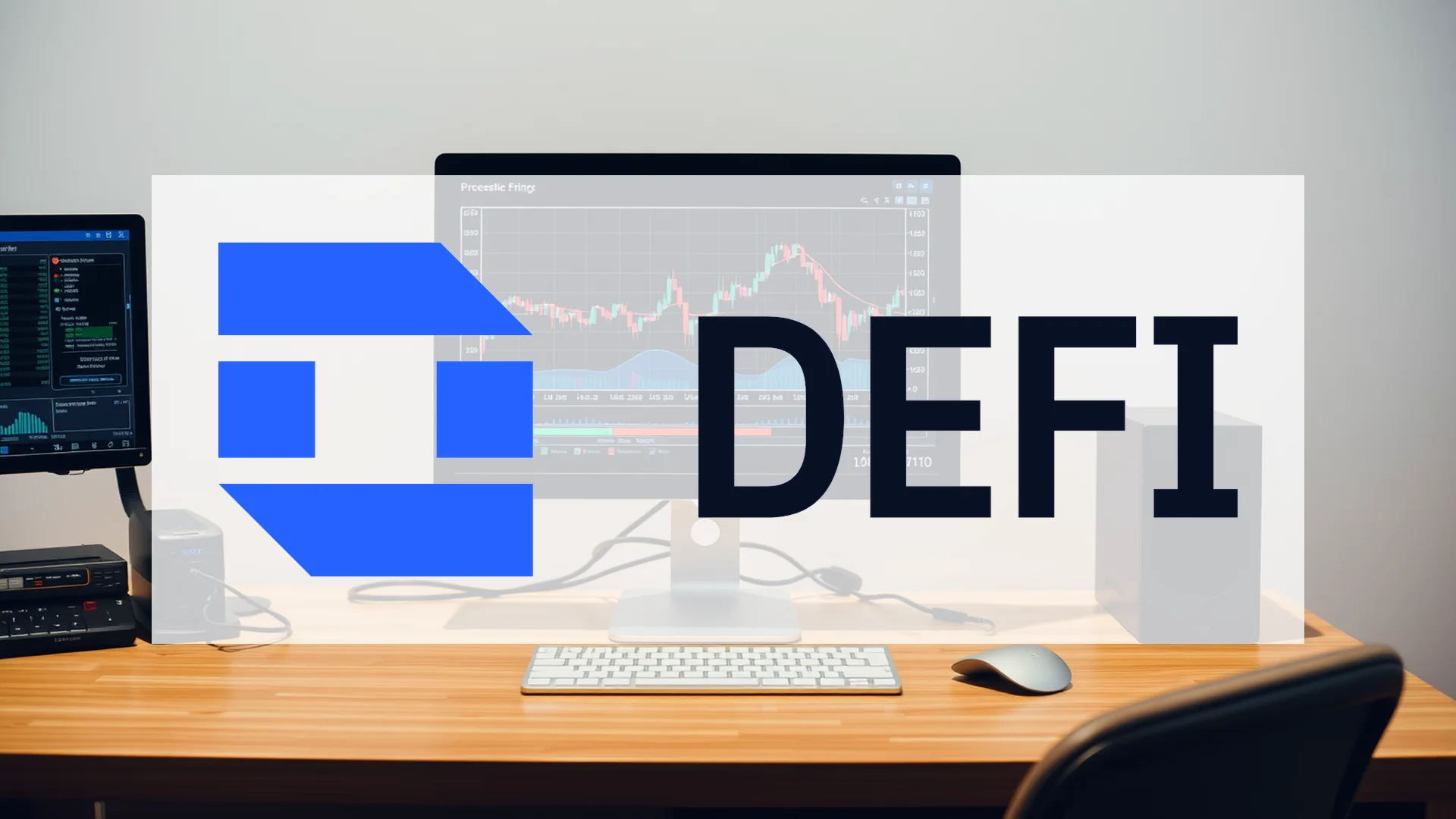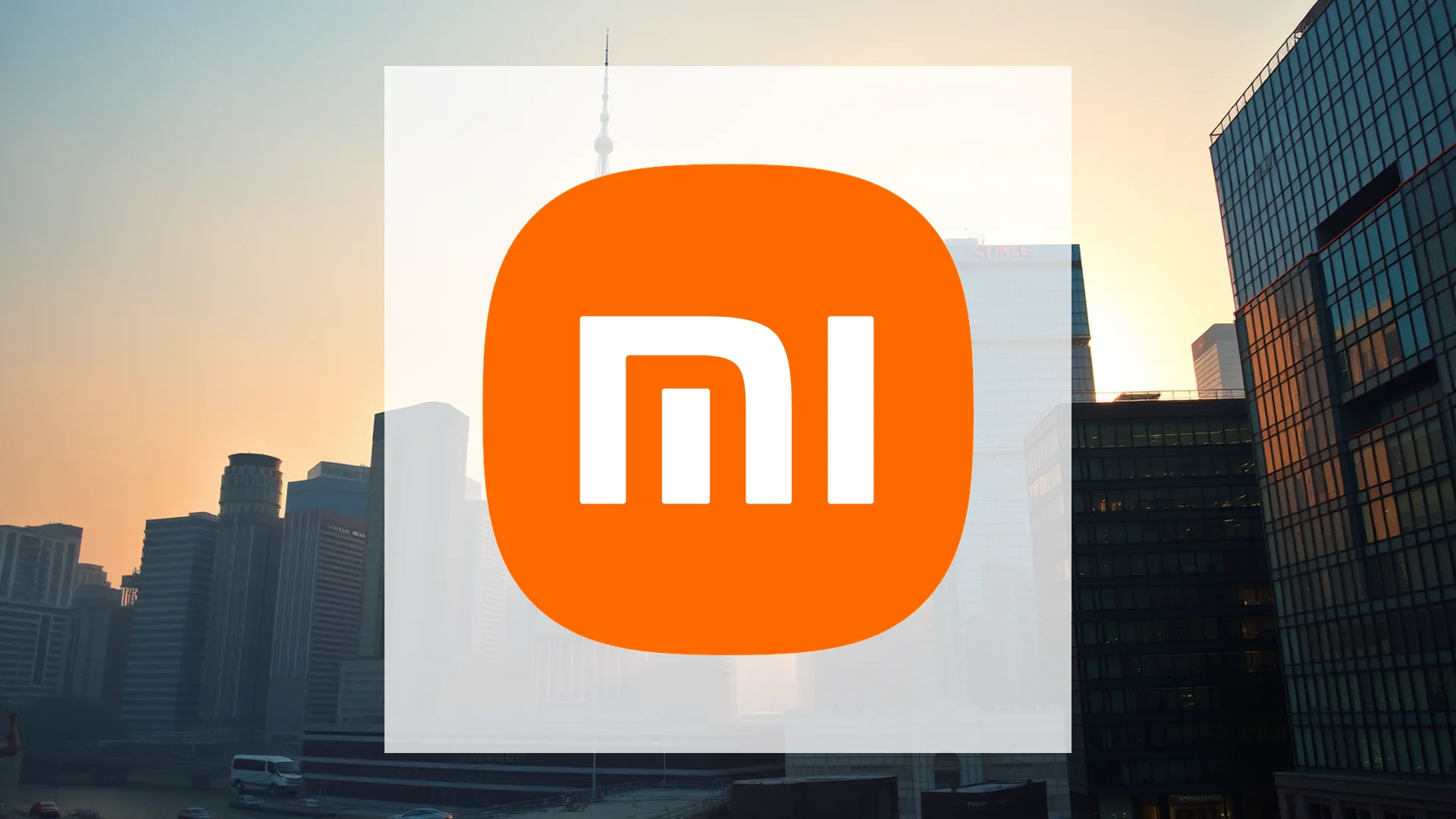A wave of significant stock sales by Procter & Gamble’s top executives is drawing intense scrutiny from the market. Between April and August of this year, company insiders disposed of shares valued at more than $214 million. This substantial selling activity coincides with a period where the consumer goods giant’s market valuation is already a topic of debate among investors.
Executive Share Disposals Reach $214 Million
The list of executives participating in the sales includes CEO Jon R. Moeller, Beauty Chief Keith R. Alexandra, and Sundar G. Raman, who leads the Fabric & Home Care division. According to official company statements, these transactions were conducted primarily to cover tax obligations linked to the vesting of stock options, a standard practice in executive compensation plans. Keith R. Alexandra’s sales, for instance, which exceeded $1.8 million, were specifically attributed to settling taxes on stock awards.
A Notable Absence of Buying Activity
Beyond the sheer volume of shares sold, market observers are highlighting another concerning trend: a nearly complete lack of insider purchases over the last six months. This one-sided activity, where selling is not balanced by any meaningful buying, is often interpreted as a signal that corporate leadership may be adopting a more cautious stance. Such restraint could point to underlying concerns about macroeconomic headwinds and future business conditions.
Should investors sell immediately? Or is it worth buying Procter & Gamble?
Lofty Valuation Meets Analyst Caution
This insider trading pattern emerges as P&G’s stock faces questions over its premium valuation. The shares currently trade at a price-to-earnings multiple of 28, a figure that sits notably above its five-year average of 24. Adding to the pressure, financial analysts have recently downgraded their full-year profit projections to $6.99 per share.
Despite these valuation concerns, Procter & Gamble continues to command significant confidence from large-scale investors. Institutional entities maintain a steadfast position, holding 65.77% of all outstanding shares. The analyst community also remains largely positive; in the second quarter, eleven firms issued “Buy” or “Outperform” recommendations. This enduring support is largely founded on the company’s defensive characteristics, which include a portfolio of essential everyday products and a reliable dividend yield of 2.5%.
Ad
Procter & Gamble Stock: Buy or Sell?! New Procter & Gamble Analysis from November 24 delivers the answer:
The latest Procter & Gamble figures speak for themselves: Urgent action needed for Procter & Gamble investors. Is it worth buying or should you sell? Find out what to do now in the current free analysis from November 24.
Procter & Gamble: Buy or sell? Read more here...













